Sigma C 16 mm f/1.4 DC DN
4. Image resolution
Now let’s have a glance at a graph we show below and see how the Sigma 1.4/16 compares in the frame centre and on the edge of the Micro 4/3 sensor.
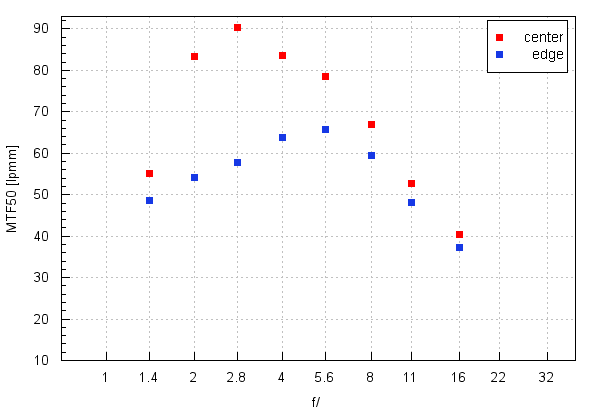
Please Support UsIf you enjoy our reviews and articles, and you want us to continue our work please, support our website by donating through PayPal. The funds are going to be used for paying our editorial team, renting servers, and equipping our testing studio; only that way we will be able to continue providing you interesting content for free. |
- - - - - - - - - - - - - - - - - - - - - - - - - - - - - - - - - - - - - - - - - - - - - - - -
In the frame centre at the maximum relative aperture the results reach 55 lpmm; as you see the decency level was exceeded but only slightly so. The Sigma C 30 mm f/1.4 DC DN, so praised by us in the test, presented a similar performance in that place; mind you the 1.4/16 model is more difficult to design.
On stopping down the aperture the tested lens spreads its wings immediately. By f/2.0 the MTFs reach already a very high value of 83 lpmm and by f/2.8 you get 90.2 lpmm, practically brushing against the official record. If you take into account the fact that record belongs to a lens several times more expensive than the Sigma the results reached by the tested lens really look awesome.
If you consult the edge of the frame, though, the situation won’t be so good. At the maximum relative aperture the images barely brush against the useful level – in order to achieve that much you have to stop the lens down slightly. Contrary to the centre of the frame the stopping down doesn’t influence the increase of the MTFs so much. A resolution peak is reached only by f/5.6 where the values exceed 65 lpmm. It is a good level.
As the Sigma C 16 mm f/1.4 DC DN is also a lens designed to cover the APS-C sensor we decided to check its resolution performance while attached to the Sony A7R II camera in the APS-C mode. The results are expressed in lpmm (so exactly as we do in our tests) and the APS-C performance can be compared directly to the results of full frame lenses tested on that camera. In the case of a mirrorless device the decency level is situated around 39-41 lpmm and the best fixed focal lenses can reach 70 lpmm. So far the highest resolution records belong to the Tokina Fírin 20 mm f/2 FE MF (72.6 lpmm) and the Voigtlander Apo-Lanthar 65 mm f/2 Aspherical 1:2 Macro (78.5 lpmm).
Let’s check how the Sony E version of the Sigma C 16 mm f/1.4 DC DN compares.
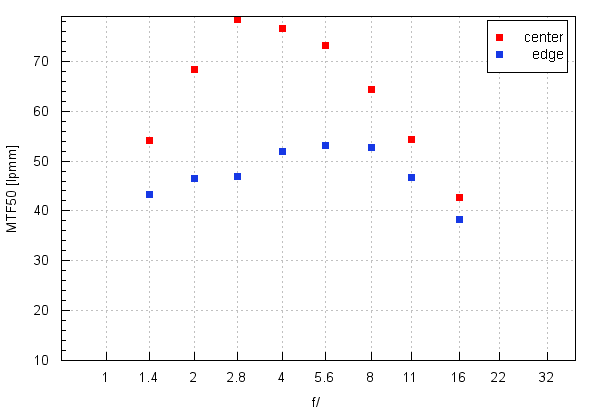
While taking sample shots outside and in the studio I had an impression that by f/1.4 the Sony E specimen was a tad sharper than the Micro 4/3 one. Our measurements confirmed that. By f/1.4 you get 54 lpmm, only a bit lower than the result you reach on a densely-packed Olympus sensor. In that place the distance from the decency level is greater so images near the maximum relative aperture can be considered a tad sharper. On stopping down the aperture the performances of those two specimens remain practically identical. The resolution increases very quickly: by f/2.0 it reaches 68 lpmm and by f/2.8 it gets to 78.5 lpmm so exactly the same value as that of the Voigtlander 2/65. A round of applause for the Sigma!
The performance on the edge of the frame is similar to the previous results, reached with the Olympus. At the maximum relative aperture the images remain on the borderline of the decency level. Then, on stopping down, their quality improves but rather slowly. The peak you reach by f/5.6 and MTFs at that place keep a very sensible value of about 53 lpmm. It’s worth noticing that the increase of MTFs due to the stopping down of the aperture is slower than in the case of the test based on the E-M5 II but it’s completely understandable as you deal here with a bigger detector.
At the end of this part of the test traditionally we present crops taken from photos of our resolution testing chart, saved in JPEG format along RAW files we used for the analysis above.
| Olympus E-M5 II, JPEG, f/1.4 |
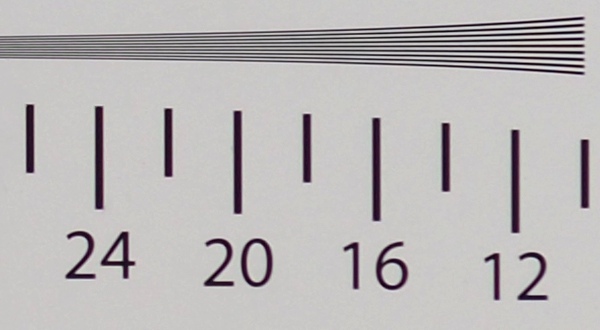 |
| Olympus E-M5 II, JPEG, f/2.8 |
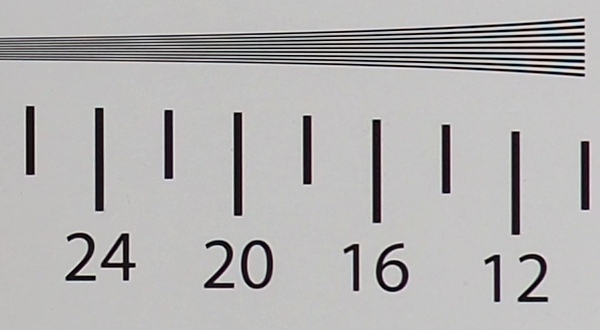 |
| Sony A7R II, JPEG, f/1.4 |
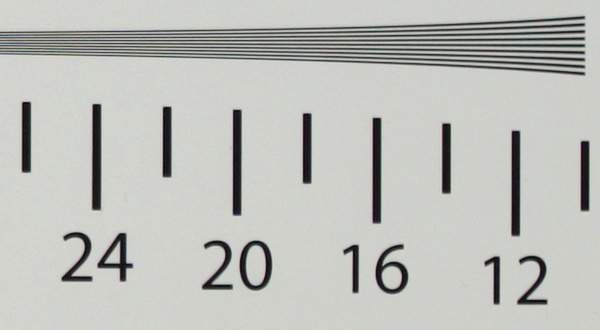 |
| Sony A7R II, JPEG, f/2.8 |
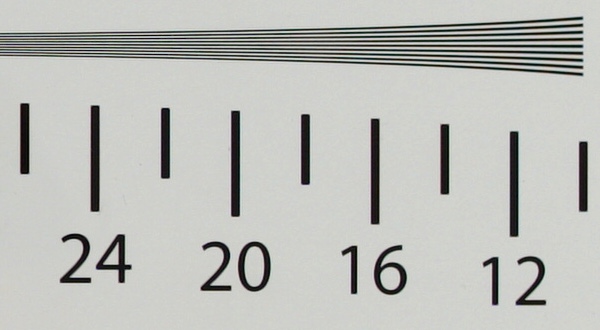 |






